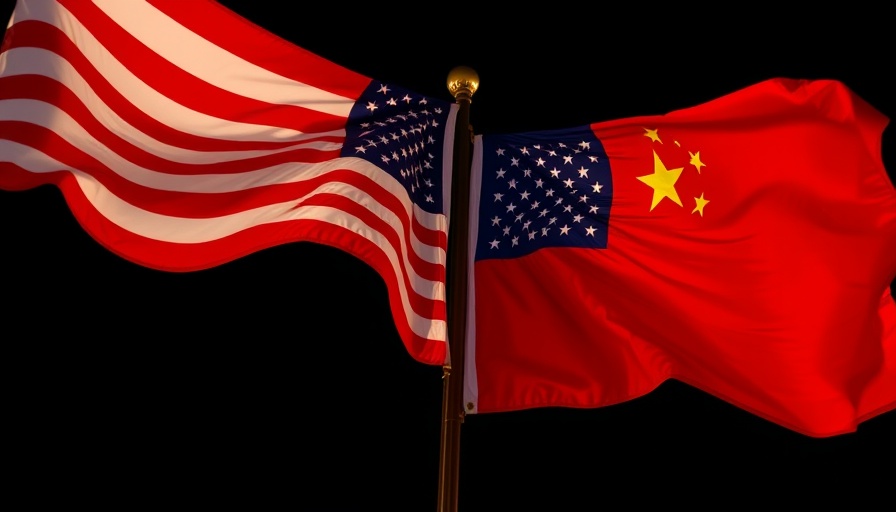
A New Leaf in U.S.-China Relations: A Trade Truce Explained
Recent news of a 90-day tariff pause between the United States and China has sparked both optimism and skepticism, particularly among Canadian stakeholders. This announcement carries potential implications not only for U.S.-China relations but also for the Canadian economy, which has felt the ripple effects of the ongoing trade war.
Understanding the Tariff Reset
On May 12, U.S. President Donald Trump, in collaboration with Chinese officials, detailed plans to roll back tariffs dramatically. The U.S. will reduce its punitive 145% tariff rate on Chinese imports down to 30%, while China will drop its own rate on American goods to 10% from 30%. This represents a significant step away from the brink of escalating trade discord.
The Canadian Chamber of Commerce expressed cautious optimism, remarking that any de-escalation in global trade tensions is promising news for Canadian industries severely affected by the trade war. However, they emphasized the importance of closely monitoring future discussions between the U.S. and China, as the details will ultimately determine the impact on the Canadian economy.
The Impact on Canada: What Stakeholders Say
While the tariff pause could signal relief, stakeholders in Canada remain vigilant. The Retail Council of Canada welcomed the truce but underscored that the continued tariffs imposed by the U.S. are still wreaking havoc on American and global businesses alike. Their statement reflects a broader understanding that economic interdependence means that Canadian consumers and businesses will feel the effects of U.S.-China relations.
From a retail perspective, the council posited that the existing tariffs complicate supply chains that are already strained. Canadian retailers source a significant amount of goods from the U.S. and China, so any instability threatens their current operations as well as pricing stability.
Historical Context: The Trade War's Evolution
The current U.S.-China trade war, which began in mid-2018, has seen a series of tariff hikes and retaliatory measures that have disrupted global trade, prompting various industries to adjust their operational frameworks. This ongoing struggle emphasized the necessity for all nations involved to seek collaborative solutions that would allow for a more stable trading environment. Past rounds of negotiations have shown that dialogue can yield constructive outcomes, but history reveals that periods of respite are often followed by escalated tensions.
Future Predictions: What Lies Ahead?
As the truce unfolds, industry analysts predict a shift in trading patterns. Businesses may seek to diversify their supply chains in anticipation of future geopolitical challenges. Additionally, a successful negotiation could strengthen U.S.-Canadian ties beyond economic concerns, possibly facilitating improved cooperation on other fronts such as environmental policies and trade agreements.
Understanding the Stakes: Why This Matters
The interplay of U.S.-China tariffs directly influences Canadian economic health. With a robust reliance on trade, essentially any shift in international relations bears weight on Canada’s various industries, from manufacturing to agriculture. A favorable trade environment can lift Canadian exports, drive job creation, and bolster consumer confidence.
Final Thoughts: The Importance of Staying Informed
As U.S.-China relations evolve, it's imperative for Canadians to remain informed about trade developments. Understanding these dynamics not only helps businesses strategize but also empowers consumers to make informed choices in the marketplace.
By staying abreast of current events and trends, Canadians can position themselves as proactive participants in their economy, ready to respond to shifting tides in international trade.
 Add Row
Add Row  Add
Add 




 Add Row
Add Row  Add
Add 

Write A Comment